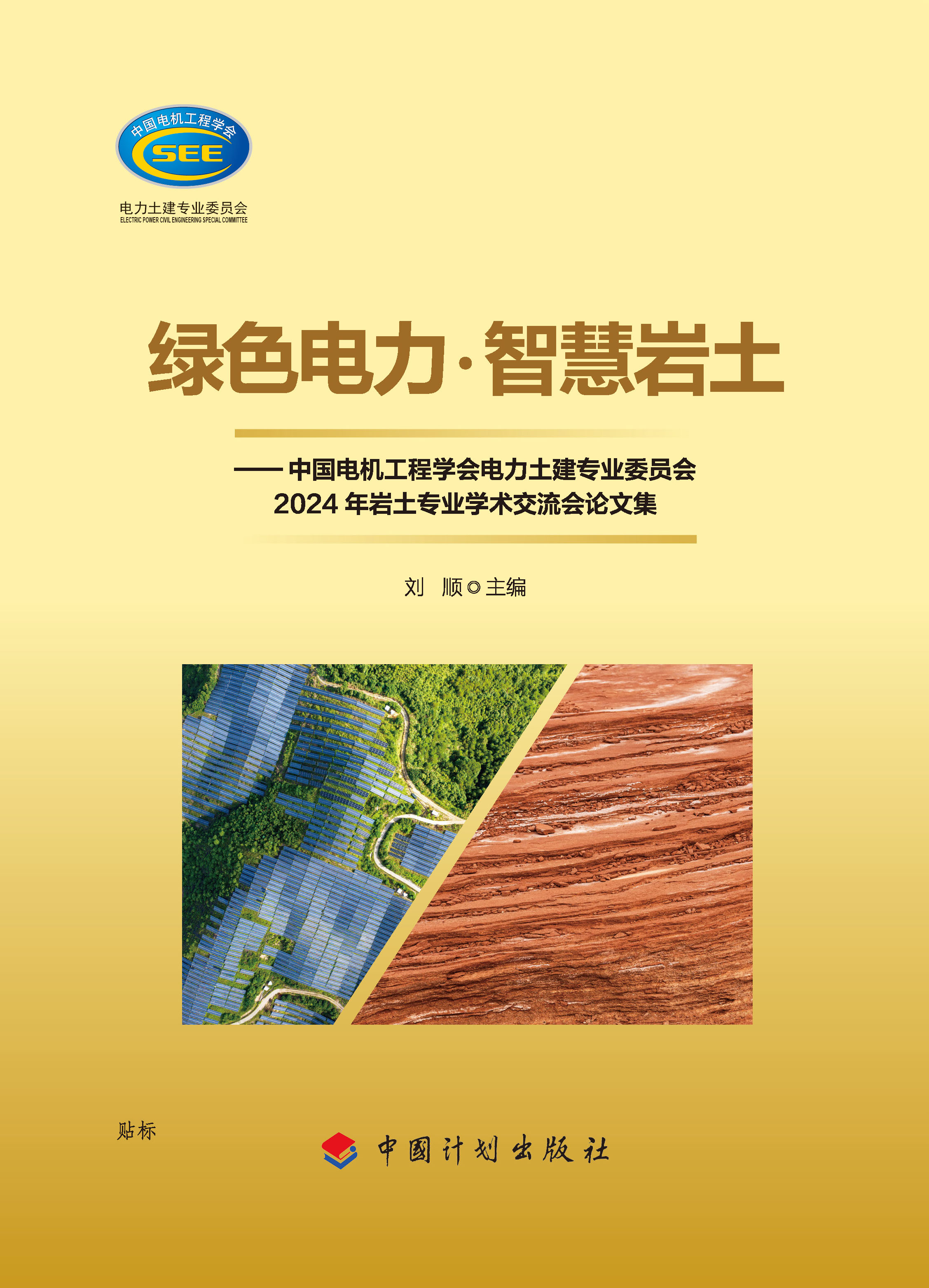扫码关注
-
【批准部门】
中华人民共和国住房和城乡建设部
-
【发布单位】
中华人民共和国住房和城乡建设部
-
【主编单位】
广州地铁设计研究院有限公司
-
【参编单位】
广州市地下铁道总公司,中铁二院工程集团有限责任公司,中铁工程设计咨询集团有限公司,中铁电气化勘测设计研究院,北京市市政工程设计研究总院,西门子(西安)信号有限公司
-
【主要起草人】
史海欧,丁建隆,刘智成,徐明杰,蔡昌俊,毛宇丰,王丹平,梁东升,靳守杰,张振生,邓剑荣,罗文静,贺利工,肖锋,熊安书,雷振宇,李鲲鹏,孙元广,吴嘉,彭金水,黄永波,胡竞,陈耀升,刘承东,孙增田,刘哲,洪澜,周斌,唐亚琳,韩瑶,钟晓鹰,张建根,倪昌,张庆,丁静波,余乐,谢盛茂,孙才勤,王建,郭建平
-
【主要审查人】
焦桐善,沈景炎,申大川,周新六,许斯河,阎汝良,倪照鹏,罗湘萍,王曰凡,郑晋丽,周健,赵力军,李耀宗,牛英明,娄咏梅,文龙贤,梁广深,刘扬,陈凤敏
 知识服务平台
知识服务平台
 纸书购买
纸书购买





 京公网安备 11010202009407号
京公网安备 11010202009407号





